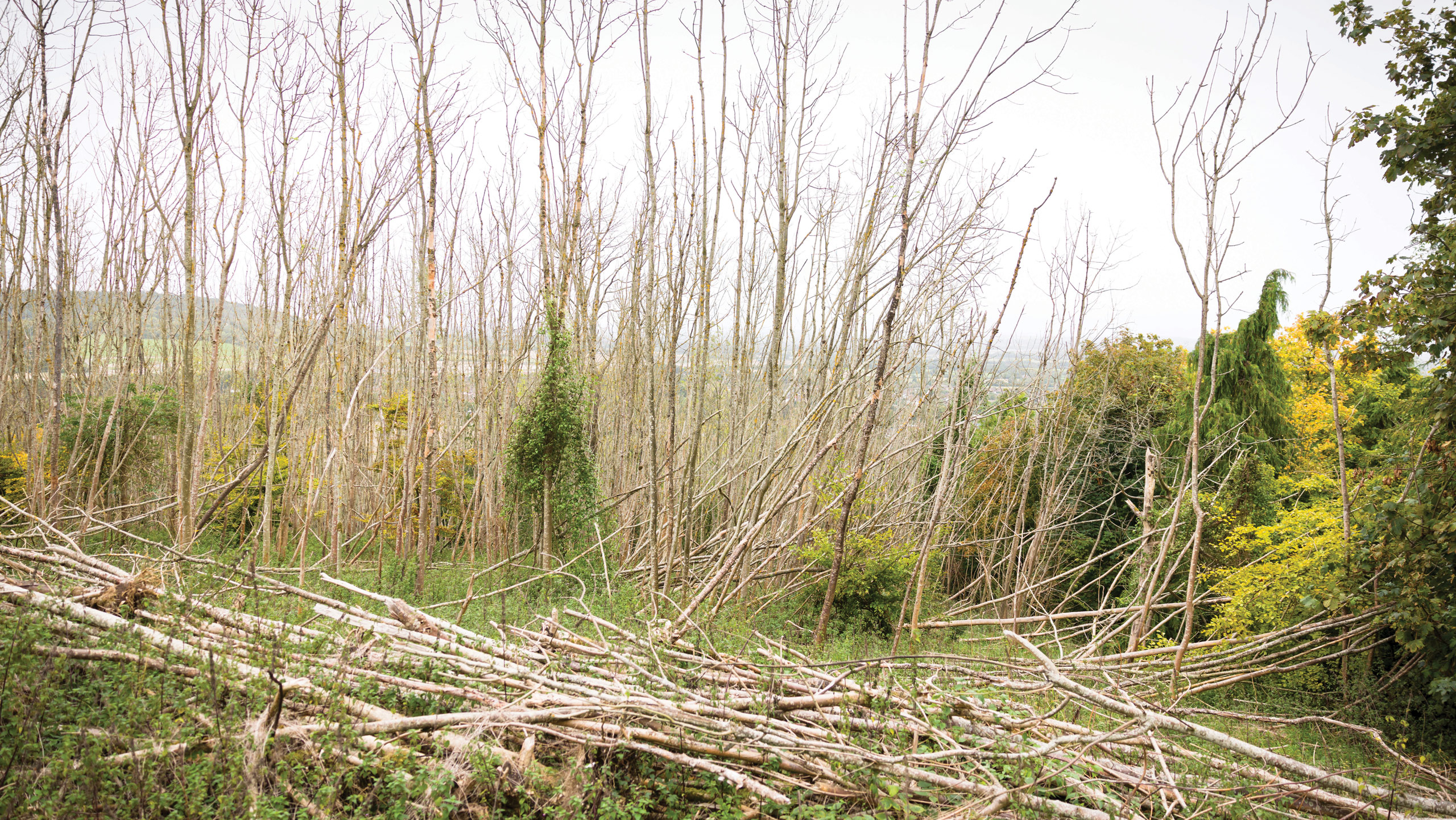Tree planting at high level despite subdued forestry market
 iStockphoto
iStockphoto The year ending in March 2024 saw the highest level of tree planting in the UK since the 1990s.
Planting in Scotland rose by 84% and in England by 76% on year earlier levels, while there was a small decline in the newly planted area in Northern Ireland.
See also: Alternative land use experts offer agroforestry guidance
A backlash against the Welsh government’s mandatory tree planting policy (later withdrawn) was partially responsible for a 46% drop in plantings in Wales.
The numbers
59% increase in new UK plantings in year to end March 2024
20,700ha new area planted in 2023-24
16.5% target for UK tree cover by 2050
13.5% UK tree cover in 2024
However, changing targets and policy, competing land uses, pest and disease threats along with funding and regulation are all barriers to woodland creation, says land agent Savills in its latest Spotlight on Forestry report.
Forestry market
The forestry market saw another quieter year, with weaker demand following a drop in activity in 2023.
This pulled average values down and despite a rise in the number of properties marketed, the value of completed sales remained well below the 10-year average.
During 2024, the total value of UK forestry transactions, dominated by sales in Scotland, rose by 3% compared with 2023, to just under £103.8m, says the firm. This covers all forest sales larger than 50ha, including some off-market sales.
This compares with a 10-year average of £157m, driven by the rapid expansion in values as buyers competed fiercely with each other during the 10 years to 2022.
The prices paid in 2024 fell by 11% to an average of £15,500 a gross hectare – this is the area of forest including tracks, rivers, lochs and other non-planted areas.
Once those areas are removed from the calculation this translates to a price of £21,600 per net productive hectare.
Central Scotland accounted for the bulk of Scottish sales (64% of the area sold) while southern Scotland saw just 1,000ha change hands, at a 13% lower average value per net hectare compared with the previous year.
This is significant, says Savills, considering the region is a prime area for forestry investment.
Less than 700ha was sold in England, at an average net productive hectare value of £23,700, a 13% drop on the year and accounting for 8% of the total UK area sold.
About 1,000ha of commercial forestry was traded in Wales, close to double the 2023 area, and representing about 10% of all UK commercial forestry sales, at an average value of £25,000 per net productive hectare.
Time taken to sell
The past four years has seen a significant increase in the proportion of publicly marketed forest sales taking longer to complete.
Just 30% of sales took fewer than six months to complete in 2024, compared with more than 60% closing in this timeframe 10 years earlier.
About 47% of 2024 sales took six-to-12 months to sell (26% in 2014), while 22% took more than 12 months, compared with just 10% in 2014.
Market outlook
While the 2024 forestry market remained subdued, interest from potential investors grew as the year progressed, says Savills. The firm expects some recovery in forest buyer interest in 2025, potentially reversing the negative price trend of the past 24 months.
It cites the prospect of falling interest rates and more positive news around timber pricing as the reasons behind this cautious optimism.
Pest and disease threats

© Adobe Stock
The number of new tree pests and disease outbreaks has grown rapidly over the past 20 years.
Some of this is attributed to climate change, with some pests and diseases finding the UK an easier environment than in the years prior to 2000.
Milder winters and wetter springs mean some species can survive throughout the year and thrive in spring, while other climate effects, such as storms and drought, leave trees more susceptible to pests and disease.
Timber imports
HMRC data show that the UK imported significant tonnages of rough or simply worked wood from 36 countries in 2023.
Imported rough timber has been the origin of some of the most destructive diseases, such as Dutch Elm which is believed to have arrived on elm logs from Canada in the late 1960s. Infected imported garden plants have also been the source of tree disease.
